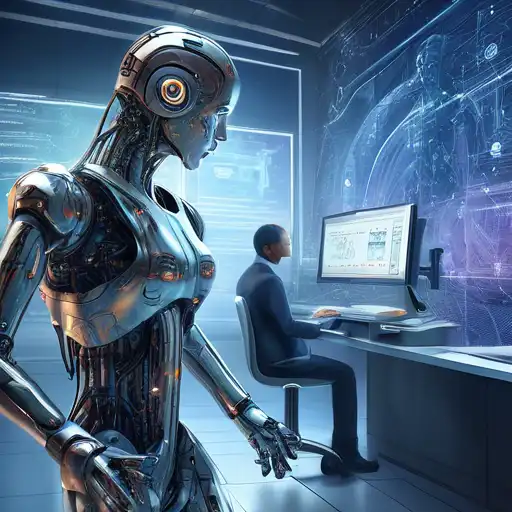Exploring the Core Differences Between AI and Machine Learning
In the rapidly evolving world of technology, the terms Artificial Intelligence (AI) and Machine Learning (ML) are often used interchangeably. However, they represent distinct concepts with unique applications and implications. This article delves into the nuances that set them apart, providing clarity for enthusiasts and professionals alike.
What is Artificial Intelligence?
Artificial Intelligence is a broad field of computer science focused on creating systems capable of performing tasks that typically require human intelligence. These tasks include problem-solving, recognizing speech, and making decisions. AI can be categorized into two types: narrow AI, which is designed for specific tasks, and general AI, which can perform any intellectual task that a human can.
What is Machine Learning?
Machine Learning, a subset of AI, involves the development of algorithms that allow computers to learn from and make predictions or decisions based on data. Unlike traditional programming, where humans explicitly code the behavior, ML systems improve their performance as they are exposed to more data over time.
Key Differences Between AI and Machine Learning
- Scope: AI encompasses a wider range of technologies and applications, while ML is specifically focused on data-driven learning.
- Functionality: AI systems can simulate human intelligence across various tasks, whereas ML systems are designed to improve their accuracy on a specific task through data analysis.
- Dependency: Not all AI systems use ML, but all ML systems are a part of AI.
Applications of AI and Machine Learning
Both AI and ML have transformative applications across industries. AI powers virtual assistants like Siri and Alexa, while ML algorithms drive recommendation systems on platforms like Netflix and Amazon. In healthcare, AI is used for diagnostic procedures, and ML models predict patient outcomes based on historical data.
Future Trends in AI and Machine Learning
The future of AI and ML is poised for groundbreaking advancements. With the rise of deep learning and neural networks, these technologies are becoming more sophisticated, enabling more complex and accurate systems. The integration of AI and ML in autonomous vehicles and smart cities exemplifies their potential to revolutionize our daily lives.
Understanding the difference between AI and Machine Learning is crucial for navigating the tech landscape. As these technologies continue to evolve, they will undoubtedly play a pivotal role in shaping the future of innovation and efficiency.
For more insights into the latest tech trends, explore our Tech Trends section.
